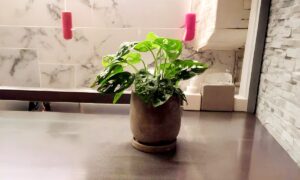
Here are the 10 must-have indoor plants that will bring life and beauty to your home. Whether you’re a beginner or an experienced plant lover, these plants are perfect for adding greenery to your indoor environment.
In this article
Snake Plant (Dracaena)
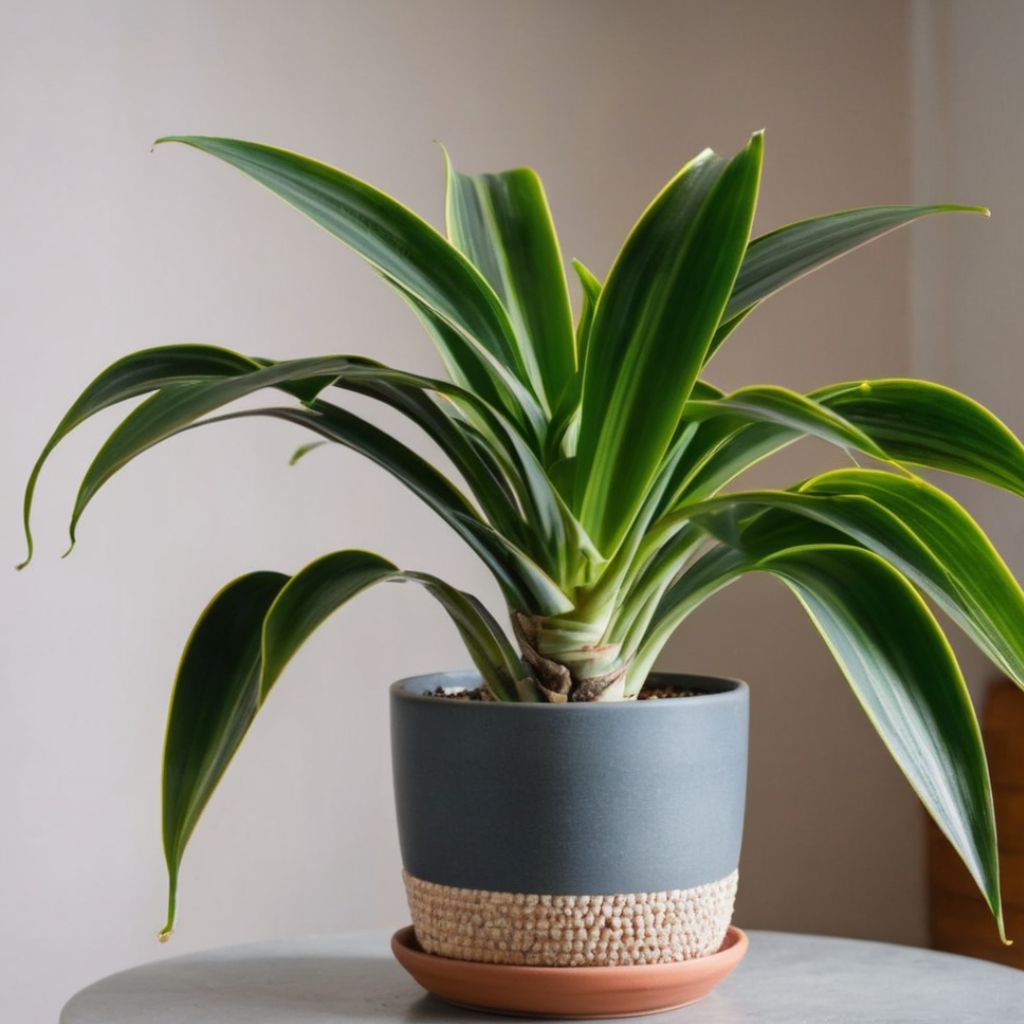
With its striking, upright leaves and easy-care nature, the Snake plant is a popular choice for beginners. Here are some key points to consider when caring for a snake plant:
- Light: Snake plants can tolerate low light conditions and are perfect for offices or low-light areas in your home.
- Water: Allow the soil to dry out between waterings, as snake plants prefer well-draining soil.
- Toxicity: Snake plants are non-toxic, making them safe to keep around pets and children.
Spider Plant (Chlorophytum comosum)

Known for its ease of care and ability to survive in various conditions, the Spider plant is a great option for those who tend to forget to water their plants regularly. Here are some tips for growing spider plants:
- Light: Spider plants can thrive in low light conditions and can even grow leggy and reach the ceiling if placed near a window with bright, indirect light.
- Water: Water your spider plant when the top inch of soil is dry.
- Toxicity: Like snake plants, spider plants are non-toxic and safe to keep around pets and children.
ZZ Plant (Zamioculcas zamiifolia)
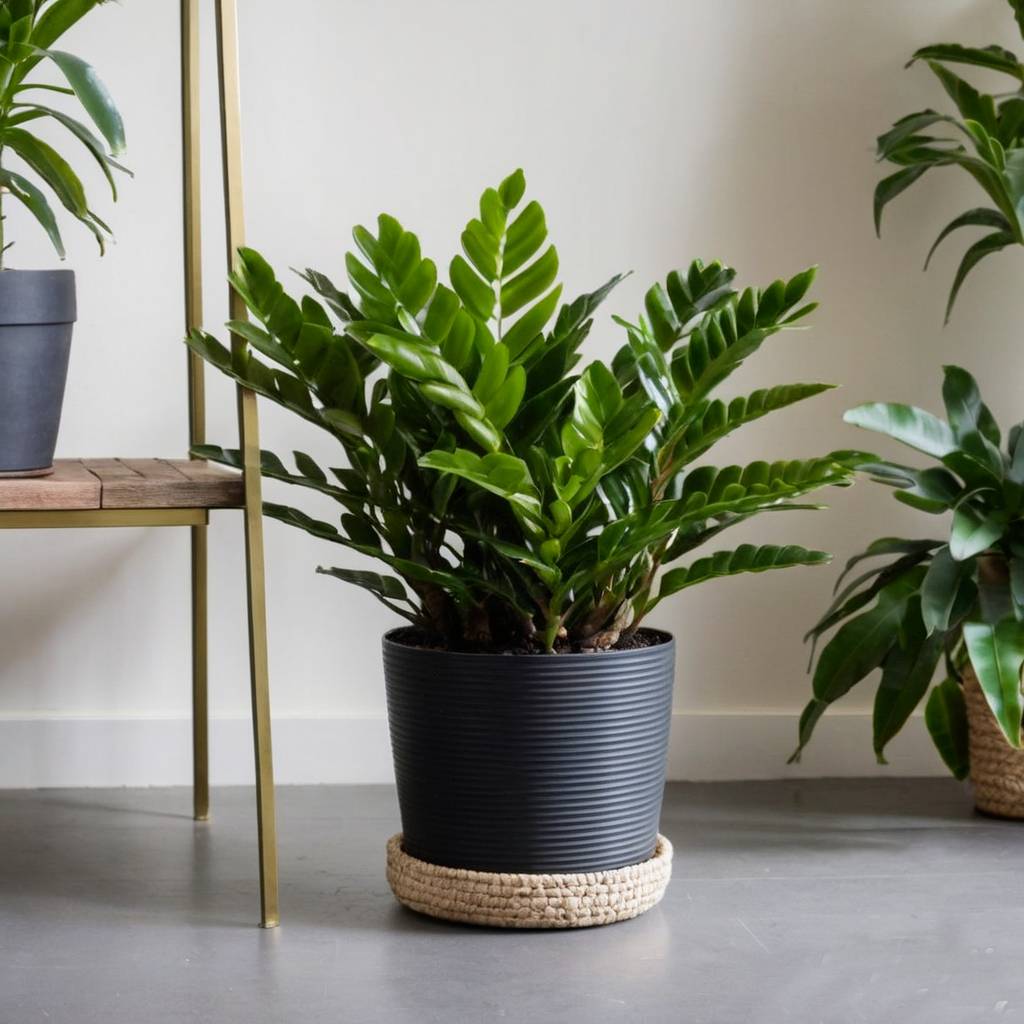
With its unique, glossy leaves and low-maintenance nature, the ZZ plant is perfect for busy plant parents. Here are some tips for caring for a ZZ plant:
- Light: ZZ plants can tolerate low light conditions and are suitable for offices.
- Water: Water your ZZ plant when the top inch of soil is dry.
- Toxicity: ZZ plants are non-toxic and safe to keep around pets and children.
Pothos (Epipremnum aureum)
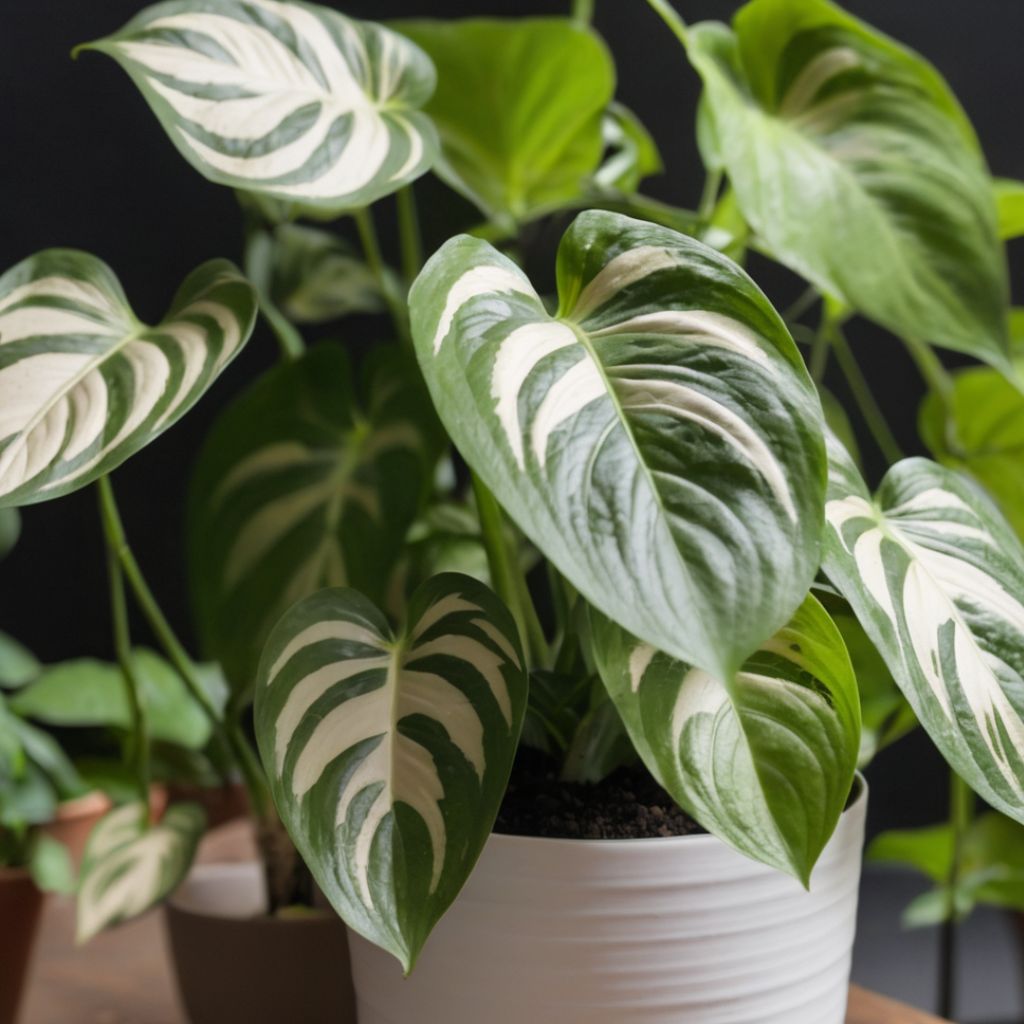
Known for its trailing vines and heart-shaped leaves, Pothos is a popular choice for adding a touch of greenery to any space. Here are some tips for growing pothos:
- Light: Pothos can thrive in low light conditions and are suitable for offices.
- Water: Allow the soil to dry out between waterings, as pothos prefers well-draining soil.
- Toxicity: Pothos is toxic to pets, so it’s best to keep it out of reach of curious cats and dogs.
READ MORE: Choosing Pot Sizes for Your Indoor Garden
Philodendrons
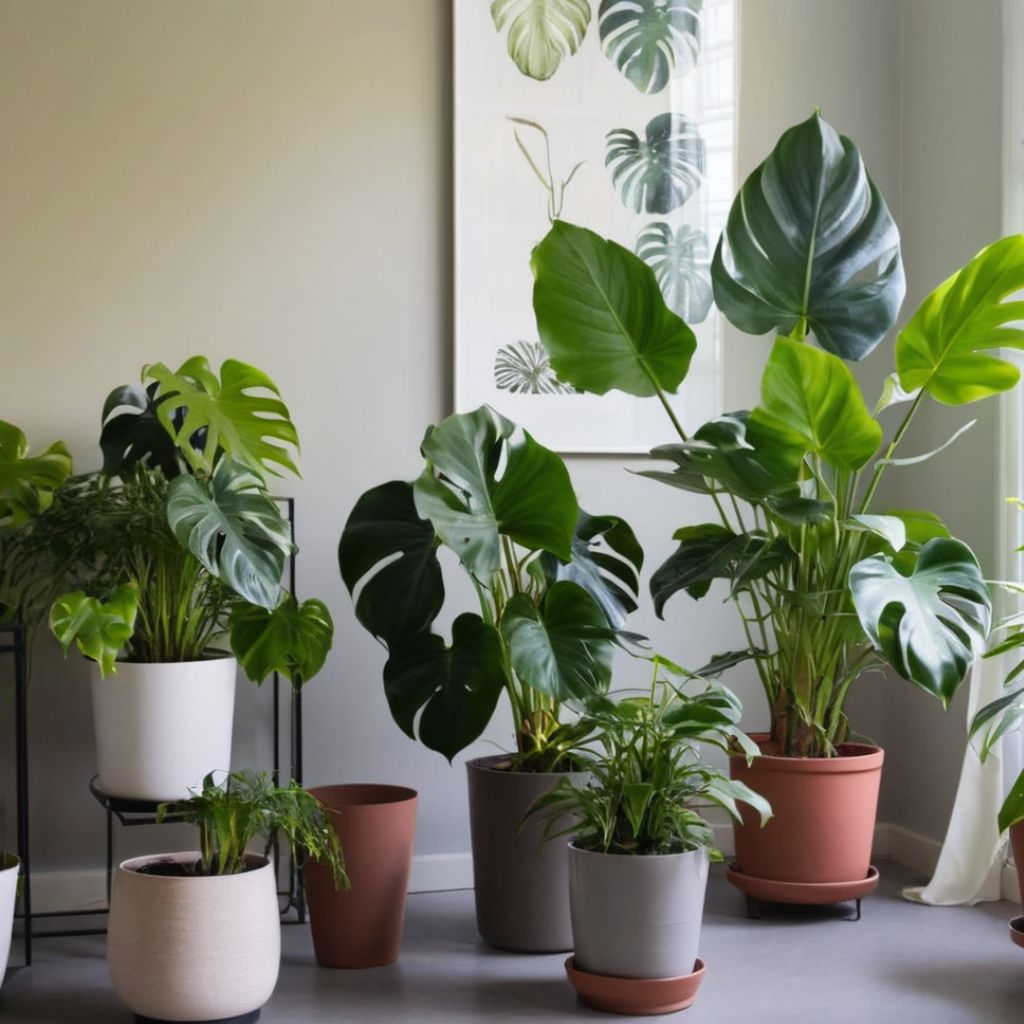
There are 61 types of philodendrons, such as the Philodendron Hastifolium and Philodendron Selloum, which are very popular indoor plants for their unique appearance and ease of care.
- Light: Philodendrons can tolerate low light conditions, but they may not thrive in direct sunlight.
- Water: Keep the soil consistently moist but not waterloged, as philodendrons prefer well-draining soil.
- Toxicity: Some philodendron species are toxic to pets, so it’s essential to keep them out of reach if you have pets at home.
Ferns
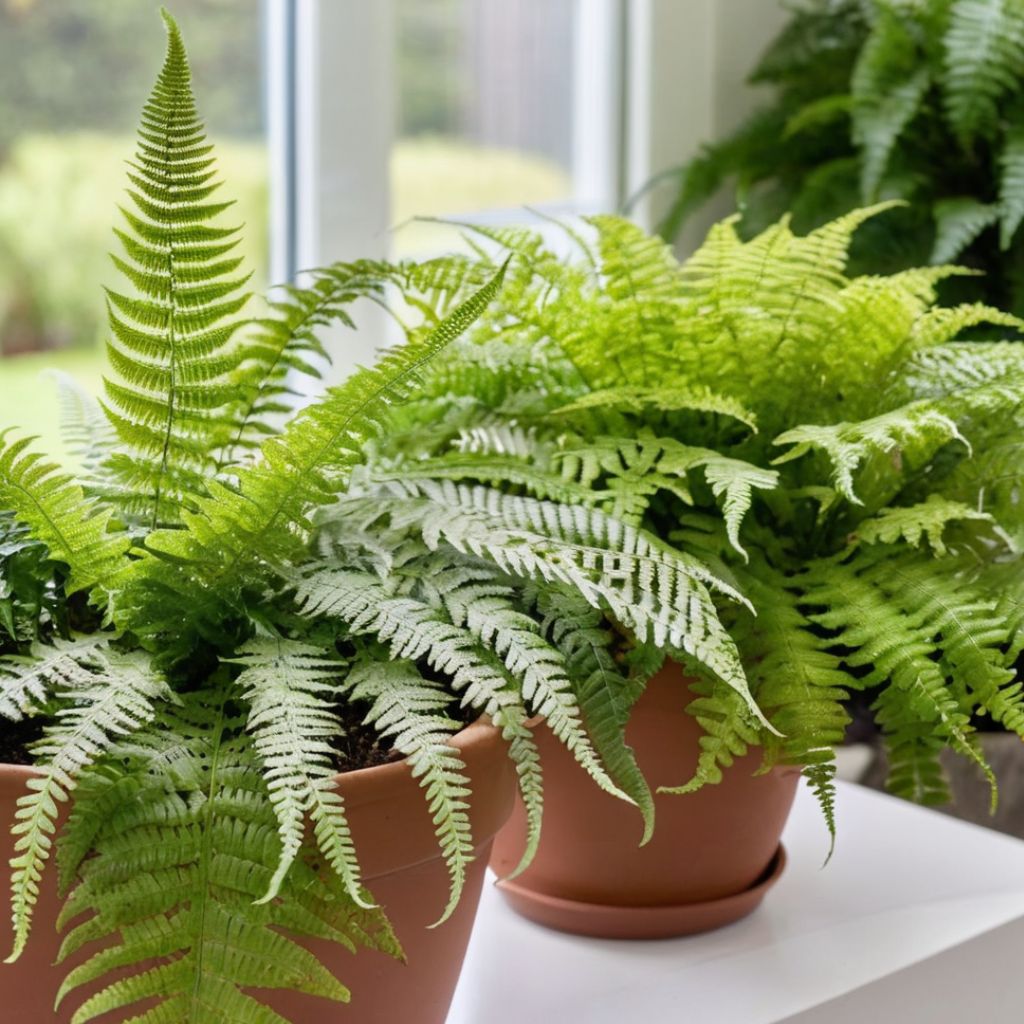
Ferns are a popular choice for adding a touch of nature to indoor spaces. There are various types of ferns, such as the Boston Fern and the Japanese Showlace Fern, which are popular choices for indoor plants. Here are some general tips for growing ferns:
- Light: Ferns can tolerate low light conditions, but they may not thrive in direct sunlight.
- Water: Keep the soil consistently moist but not waterloged, as ferns prefer well-draining soil.
- Toxicity: Some fern species are toxic to pets, so it’s essential to keep them out of reach if you have pets at home.
Aglaonema
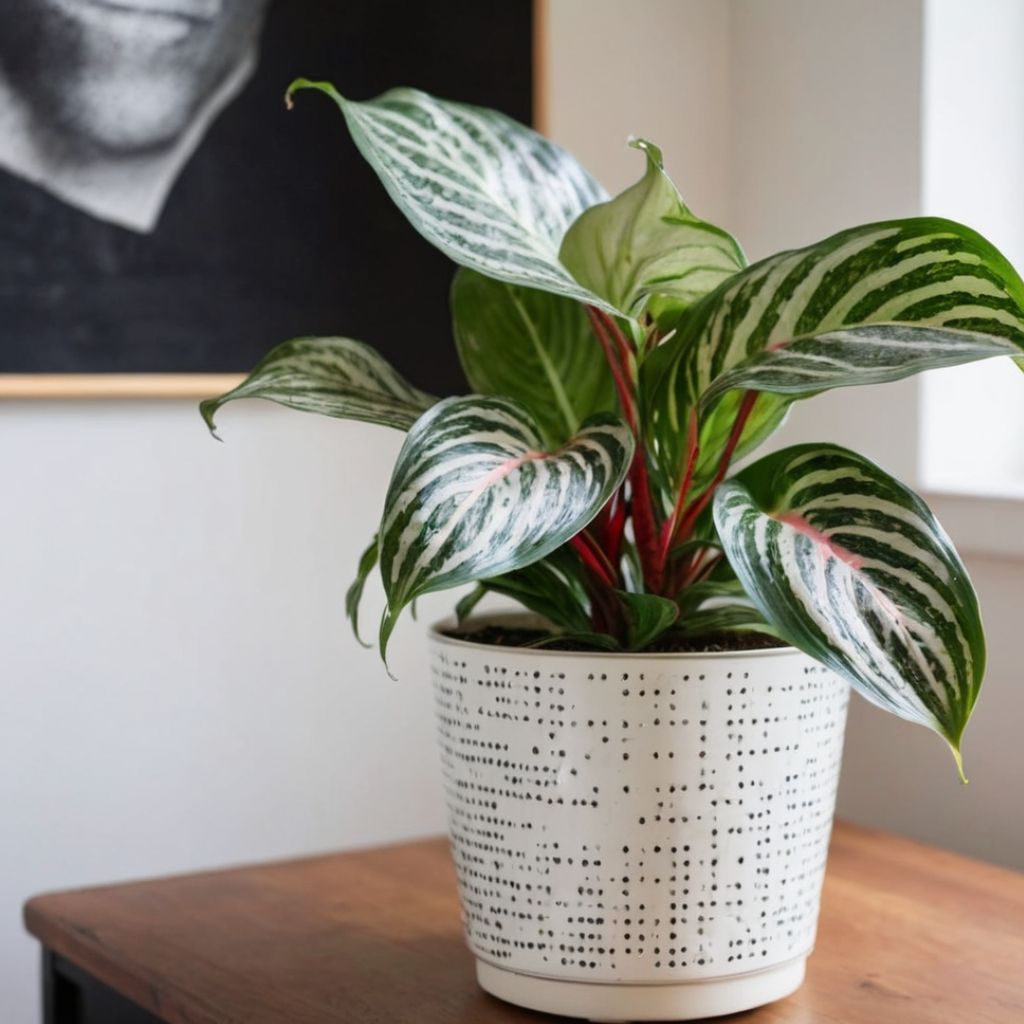
Known for its beautiful, colorful leaves, aglaonema is a popular choice for adding a touch of color to your indoor space. Here are some tips for growing aglaonema:
- Light: Aglaonema can tolerate low light conditions and is suitable for offices.
- Water: Allow the soil to dry out between waterings, as aglaonema prefers well-draining soil.
- Toxicity: Aglaonema is non-toxic and safe to keep around pets and children.
Bamboo

Bamboo is not only a popular indoor plant but also a versatile material for various crafts and decor projects. Here are some tips for growing bamboo:
- Light: Bamboo can tolerate low light conditions and is suitable for offices.
- Water: Keep the soil consistently moist but not waterloged, as bamboo prefers well-draining soil.
- Toxicity: Bamboo is non-toxic and safe to keep around pets and children.
Cacti and Succulents

Cacti and succulents are popular choices for low-maintenance indoor plants. They can tolerate low light conditions and require minimal watering. Here are some tips for growing cacti and succulents:
- Light: Cacti and succulents can tolerate low light conditions and are suitable for offices.
- Water: Allow the soil to dry out between waterings, as cacti and succulents prefer well-draining soil.
- Toxicity: Some cacti and succulent species are toxic to pets, so it’s essential to keep them out of reach if you have pets at home.
Air Plants (Tillandsia)
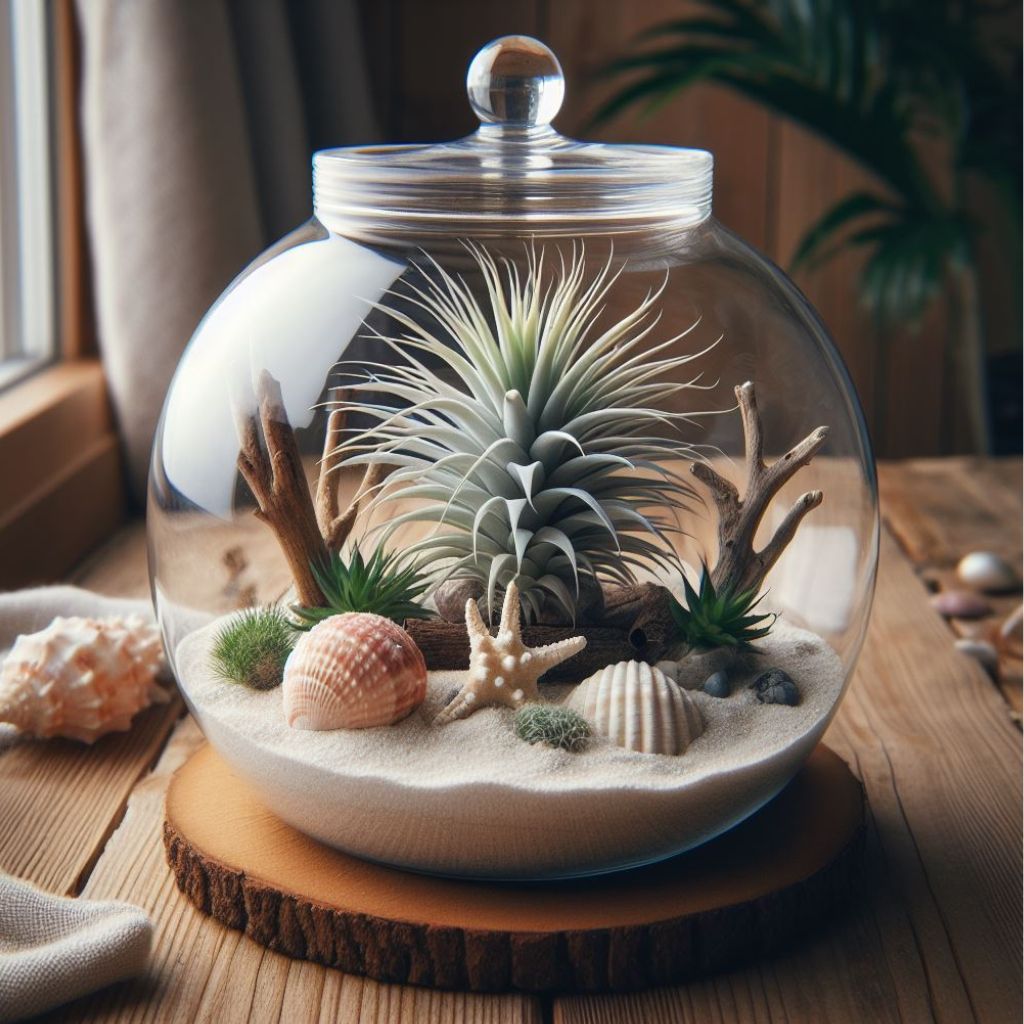
Air plants are unique, low-maintenance indoor plants that don’t require soil and can be grown in various ways, such as in a frame or fishbowl.
Some examples of air plants are:
- Tillandsia ionantha: This species has spiky green leaves that turn red when it blooms. It produces purple tubular flowers.
- Tillandsia xerographica: This species has curly silver-green leaves that form a rosette. It produces a tall pink inflorescence with yellow flowers.
- Tillandsia bulbosa: This species has thin green leaves that curl around a bulbous base. It produces a red inflorescence with purple flowers.
- Tillandsia aeranthos: This species has stiff green leaves that form a star shape. It produces a pink inflorescence with blue flowers.
A glass terrarium is a good way to display air plants, as it allows light and air to enter, and creates a humid environment for the plants. You can decorate the terrarium with moss, rocks, shells, or other natural materials. However, you should avoid placing the terrarium in direct sunlight, as it may overheat the plants.
You should also water the plants regularly by misting or soaking them, and let them dry completely before putting them back in the terrarium.
Here are some tips for growing air plants:
- Light: Air plants need good light, but not direct sunlight. They can be placed within 1 to 3 feet of an east- or west-facing window or within a foot or two of an artificial light source.
- Temperature: Air plants are native to tropical climates, so they do best in temperatures between 10-32°C and moderate humidity levels, around 40-60 percent.
- Watering: Since air plants do not grow in soil, they rely on air and rain for their water and nutrient needs. Regular misting, soaking, or dunking are essential for keeping them hydrated.
- Air Circulation: Air plants have evolved in sites with superior airflow, so it’s crucial to provide a well-ventilated position for them to remain healthy.
- Placement: Air plants can be displayed in creative ways, such as in glass terrariums, hanging planters, or mounted on driftwood, tree branches, bricks, or stones. They make ideal companions for orchids, cactus, and bromeliads.
Indoor plants not only add a touch of greenery to your living space but also improve air quality and reduce stress levels, so choose one that suits your tastes and lifestyle, and enjoy!
Happy gardening!

